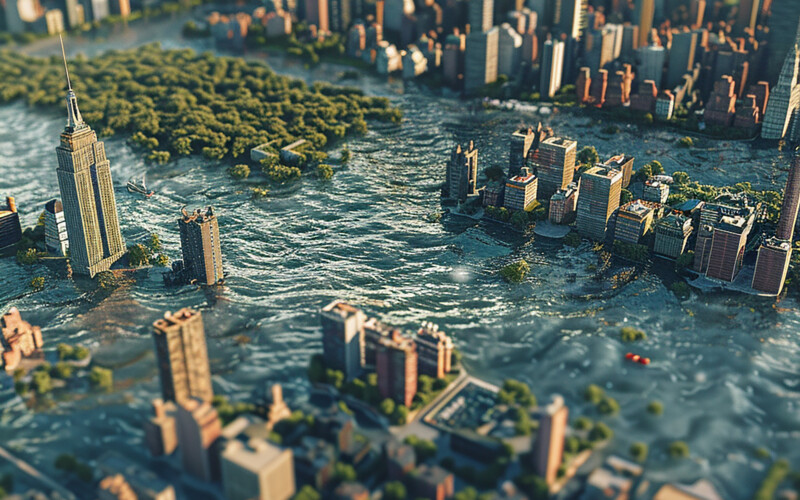
As a location and project developer, carefully observing trends across both the economic and scientific landscapes is second nature to us. The construction industry is multifaceted, demanding, and endlessly fascinating. This is reflected in our articles: from digitalisation trends to practical tips for renovation projects, and even bold, boundary-pushing architecture that transforms entire cities and creates tangible value. We explore new industry requirements and training standards, along with fascinating developments in sustainability and climate protection.
Dream projects – real challenges. Architects, project developers, and city planners all have visions and dreams – but what are they made of, and what materials will shape the cities of tomorrow? Over the next three articles, we will explore the building materials that turn these dreams into reality – the substances that allow visions to be built, created, and brought to life.
We’ve touched on this topic before: Sand is becoming scarce (https:/
Let’s start at the end: before discussing the “what” of building materials, it’s worth taking a moment to consider the “why” and “how.” What we have experienced in Austria to an as yet manageable – although in some cases dramatic – extent, and which according to many forecasts will become increasingly common, has already reached entirely different dimensions on a global scale: the growing influence of menacing natural disasters – the ultimate architect – is already shaping architectural ideas and housing concepts. In the Netherlands, the USA, China…
The solutions developed to cope with the forces of nature are fascinating and, in some cases, read like science fiction. On the topic of flooding, for example, Koen Olthuis, CEO and chief architect at Waterstudio, has a clear opinion: “Water is not the problem – it is part of the solution.” According to him, we should simply let cities float.
At first glance, this may sound a little absurd – or ultra-visionary. But the projects and concepts are remarkably well thought-out. Cruise ships, for instance, have long resembled floating micro-cities. So why shouldn’t this idea be expanded further? The Netherlands, after all, lies largely below sea level, its land reclaimed from the sea through an ingenious system of canals. Today, over half the world’s population already lives near coasts – flooding and the threat of tsunamis are part of daily life, driving the search for new living spaces. This is where concepts from international researchers come in: artificial islands that adapt to water levels – entirely conceivable even in Austria. Cities consisting of fleets that can relocate, “floating” neighbourhoods that drift apart and come back together. Water can also be harnessed to generate energy and produce food. And this is not mere fantasy: there are already floating homes in Copenhagen and the Maldives, floating islands in the middle of Seoul, and Italy boasts Nemo’s Garden, a fully functional underwater greenhouse.
But apart from water, cities must also withstand storms, earthquakes, heat, and more. Ted Givens of 10 Design Hong Kong calls these concepts “tornado architecture.” Whether underground or mobile in the eye of the storm, the ideas seem almost limitless.
Speaking of limits: To develop concepts that work with nature, available resources, and our capabilities – concepts that combine social, economic, and political considerations while integrating the unavoidable determinants of the natural world – we must confront an almost philosophical question, one with tangible consequences for how we plan, develop, and build. Responsibility for resources, changing requirements, climate – the more constraints and adjustments we face, the more attention is drawn to the central question we need to answer when it comes to our future buildings and construction methods: What do we actually need? What is (still) appropriate, and what has become excessive or outdated? We are excited to explore solutions to these questions and challenges.
Further reading:
Building on sand: The concrete problem
https:/
Floating Cities: The concept of floating apartment blocks by Koen Olthuis
https:/
Nemo’s Garden
https:/
Tornado architecture
https:/
Trending terms from the world of WEGRAZ: